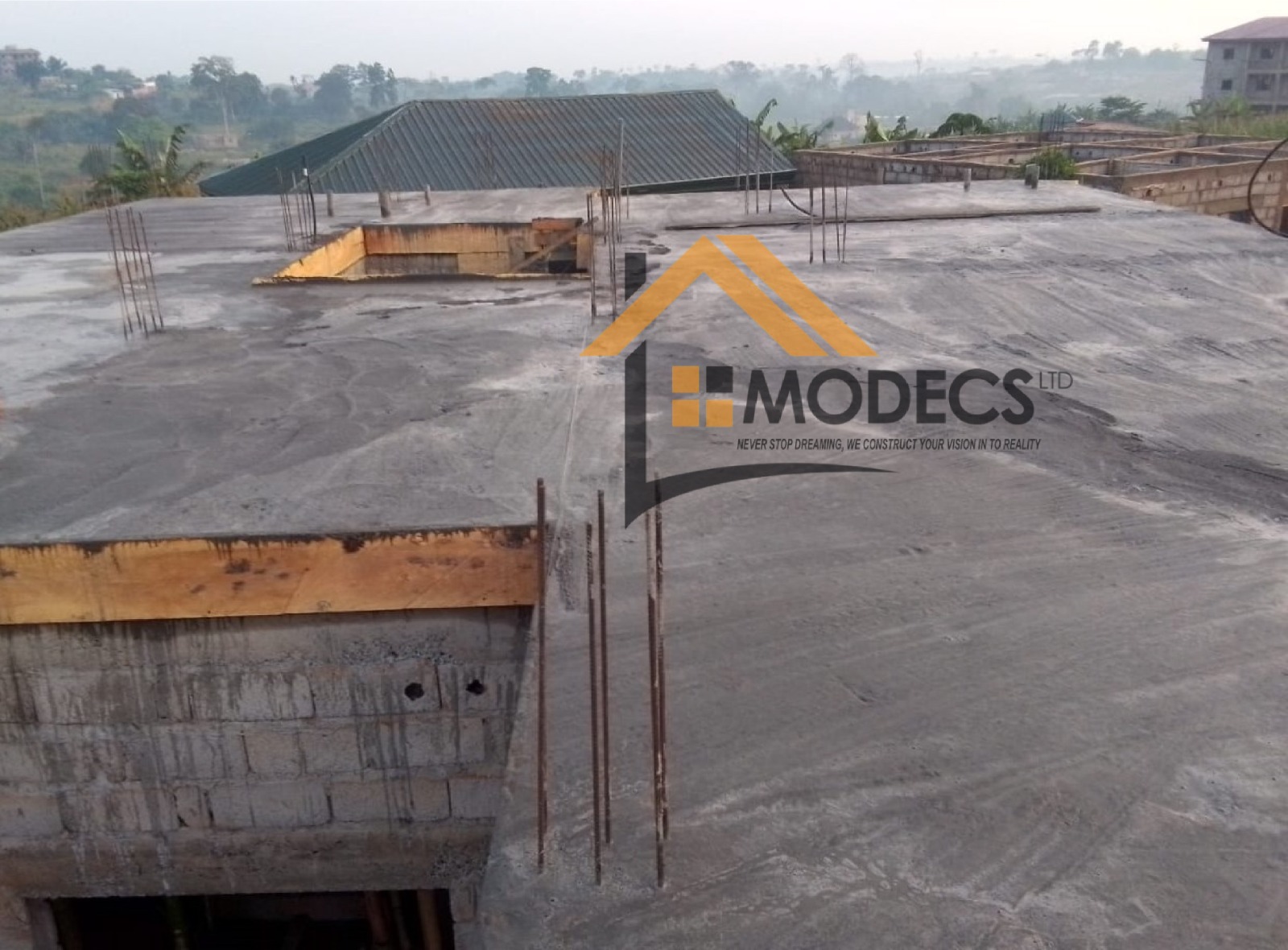Curing is the process of maintaining adequate moisture and temperature conditions in freshly placed concrete to allow the cement to hydrate properly, resulting in increased strength and durability. This process can take days or even weeks to help cement particles react to water that will form a chemical bond to bind the concrete aggregate together.
Why is curing important?
- Cement hydration
This kind of curing is a chemical reaction that requires moisture and a suitable temperature that continue effectively. Curing ensures that the procedure at a controlled rate gains strength and develops its intended properties.
- Strength and durability
Proper curing is crucial for concrete to achieve its full-strength potential and become more resistant to cracking, abrasion, and other forms of damage.
- Reduces shrinkage
Curing helps prevent premature drying of the concrete, which can lead to shrinkage and cracking, particularly in hot or windy conditions.
TECHNIQUES FOR EFFICIENT CURING
There are three techniques for efficient concrete curing. Many factors affect the rate at which water evaporates from concrete that has been newly placed. This includes air temperature, humidity, concrete temperature, and wind speed.
Hereby, many techniques help concrete retain moisture at an early age. They include;
- To maintain the presence of water in the concrete during the early hardening period.
- It reduces the loss of water from the surface of the concrete.
- It accelerates concrete strength by gaining a supply of heat and additional moisture.
By these methods, it will depend on the contractor to choose, and depending on the availability of the materials at hand, the size, shape, age of concrete, production facilities, aesthetic appearance, and economic. As a result, curing often involves a series of procedures used at a particular time as the concrete ages.
The degree to which the concrete hardens depends on the time at which the procedure is done in order to avoid damage.
CONCRETE CURING MATURITY
Curing maturity is a non-destructive approach meant to test the concrete that allows you to estimate the early age and compressive strength of the placed concrete in real time. So, adopting a maturity approach in your jobsite will enable you to eliminate the need for concrete cylinder break tests and thus allow you to optimize your schedule.
Hope this piece of information finds you well and enables you not to commit the mistakes made in the past. Get to us for all your construction activities and experience the bliss of our work.



Share Post
8 Comments